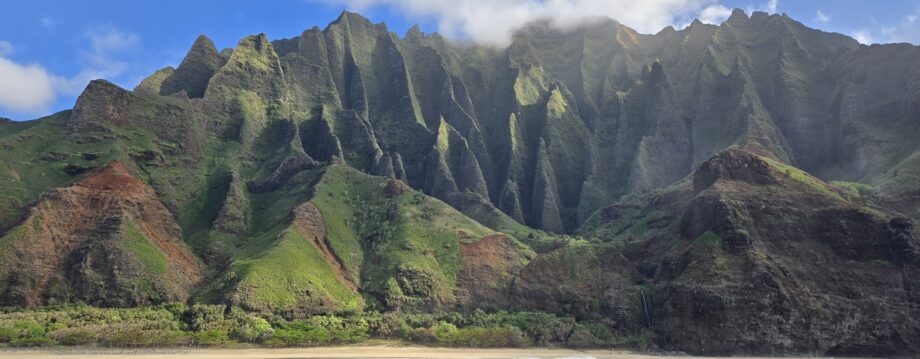St. Petersburg, named by Peter the Great for his patron saint, was founded on May 27th in 1703. Peter the Great created St. Petersburg to rival Venice. Situated on the Neva river, St. Petersburg consists of 101 islands, 66 canals, and hundreds of bridges. It is known as the Venice of the North.
The statue of the Peter the Great on the left faces west. It represents Peter the Great’s efforts to Europeanize (Westernize) Russia. Peter was a traveler and spent two years traveling throughout Europe. Peter knew that Russia needed to develop if it was going to survive.
In 1712, Peter moved the capital from Moscow to St. Petersburg. St. Petersburg remained the capital of Russia until 1918 when Lenin, after the Revolution, moved the capital back to Moscow. Lenin and Stalin both detested St. Petersburg and the liberal values it stood for and slated many of the buildings to be destroyed. While a communist regime, many of the cathedrals were used as storage facilities or sat unused and empty.
What amazed me about St. Petersburg was the number and palaces in and around St. Petersburg. The tour guide continually pointed out palace after palace as we toured the city. The Tsars built many palaces for themselves including winter palaces, summer palaces, palaces as gifts to husbands and wives but there other palaces for Catherine the Great’s lover, mistresses of Tsars, and various other people. Not only are they large but they are extremely ornate. Many of them make Buckingham palace look ordinary and modest.
Our first stop on our city tour was the Smolny Cathedral Built between 1748-1757 and designed by Rastrelli.
Our next stop was along the Neva river at the Peter and Paul Fortress. The fortress was built to defend against the Swedes however the Swedes were defeated before the fort was complete so it was never used as a fortress. Its main use was a prison. The fortress served as a jail for political prisoners with one of its first prisoners Peter’s own rebellious son Alexei.
In the center of the fortress is the Peter and Paul Cathedral, the burial-place of all the Emperors and Empresses from Peter the Great to Alexander III. Nicholas II and his family (minus Alexei and Maria) were placed in a special room inside the Cathedral added in 1999. Although there were many myths about Anastasia, her remains were found and are buried in the cathedral.
The Church of Spilled Blood was built by Alexander III on the site where his father was assassinated by terrorists in 1881. There were eight attempts on Alexander II’s life and the eighth was successful. His carriage was bombed and although he survived the first bomb, he left the carriage to talk to the terrorists when a second bomb was set off. Stalin had slated the Church of Spilled blood for destruction but it never happened due to the German invasion. Other buildings weren’t so lucky.
The gold dome of St. Isaacs Cathedral is the largest dome in the world. The construction of it took so long (until 1858) that the locals joked that if the Cathedral was every finished, the Romanov dynasty would fall. Special ships and railways were built to ship in the materials from Finland






















Recent Comments